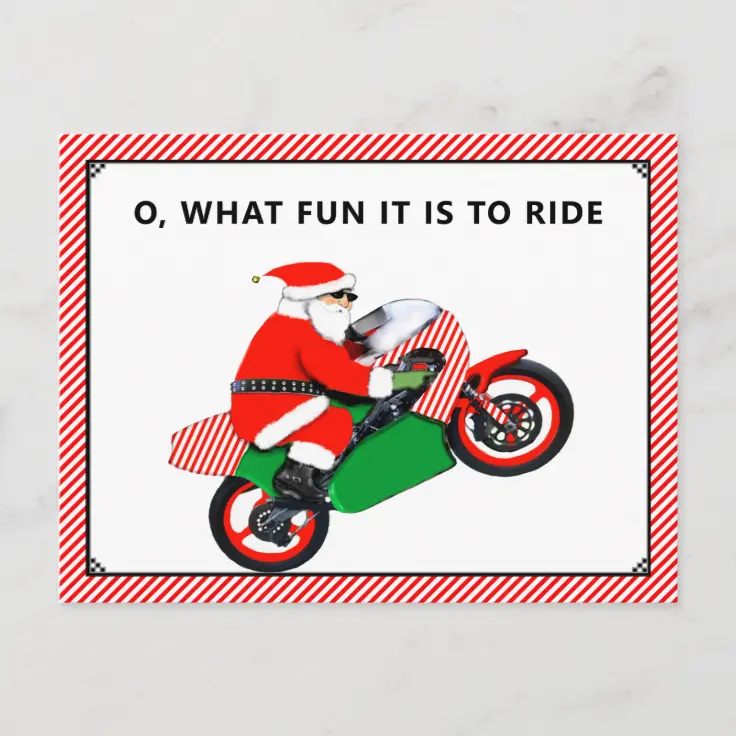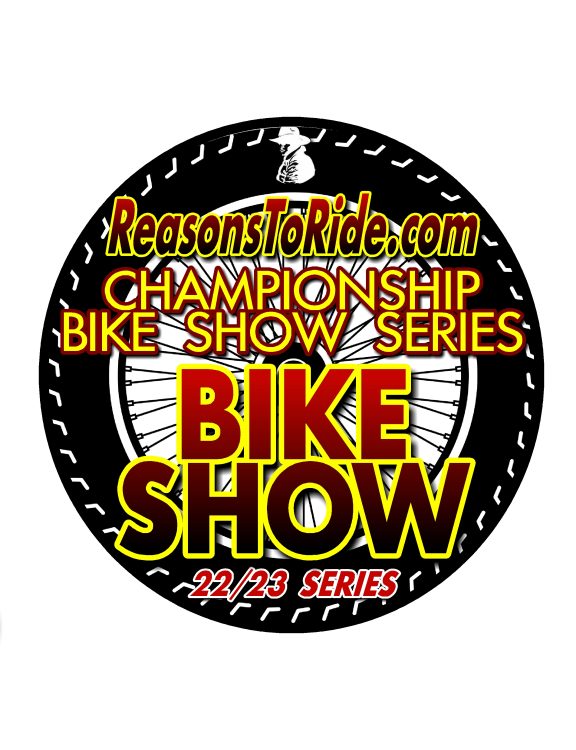Smart Phone VS Dedicated GPS for Navigation
Smart phone VS Dedicated GPS for Navigation
Sport Touring Corner
By Norm Kern
People ask me all the time: “Why bother with a dedicated GPS on my bike when I’ve already got a good smart phone? It has a GPS app built in that works just fine.”
For years I have used a dedicated GPS for running my route files. It’s located on the left handlebar just above the clutch perch. A RAM X-mount on the right handlebar holds my smart phone, running the Waze GPS app that does basic routing and displays traffic info, location of police etc. I’ve been running the phone and GPS side by side for over 70K miles. Smart phones and apps have improved in the past few years. Are they ready to replace a dedicated GPS?
Smart phone advantages
My Samsung S5 phone has a brighter display and is more water resistant than most, so physically it is one of the better phones to use on the bike. Searching for addresses, gas, hotels, places to eat is easier and much better on the phone because you use the interface all the time and the information is more up to date.
Street level maps normally require a cell phone data signal to be available, but you can get around that by downloading Google maps for the region where you are riding. The only downside is that they expire after 30 days and have to be downloaded again to stay current. An alternative is Open Street Maps (OSM) which are compiled by volunteers and are generally free. The OSM maps for Europe are excellent but the USA maps are not as good as Google or Garmin.
Most phone GPS apps
only support auto routing- you put in your destination and the GPS figures out
the shortest or fastest route from your current location. If you want to use
complex routes with multiple waypoints to force the route to use specific
roads, you are out of luck unless you use a specialty app. Scenic is my
recommendation for a fully capable app available for both iPhone and Android.
The basic version is free but there are in-app purchases you will probably want
to make. A one-year unlimited subscription is about $11.
Smart phone limitations
1. The touch screen is not designed to work with leather gloves. You either have to wear special gloves or treat fingertips with Nanotips solution every few weeks.
2. Phone apps often have tiny text, icons and buttons that are difficult to impossible to operate with gloves on. This distracts from riding.
3. Since having the display on full brightness and on all the time will drain the phone battery in an hour or two, you need power from the bike to run it. That’s no problem unless it rains. Then the power connector gets wet and triggers a charging error message that blocks the S5 display. It takes 4-8 hours to dry out in the hotel room before the message clears and it will charge again.
4. The touch screen display is not designed to work in the rain. Water droplets striking it are like random button presses and it becomes uncontrollable. Checking route instructions and weather radar is important during a rainstorm, but that’s exactly when you can’t access it on your phone.
5. There are vinyl waterproof pouches with a clear plastic window to mount the phone on your bike. The extra layer of plastic over the display makes it harder to use with gloves and more difficult to see detail on a sunny day.
6. Phone apps are
less stable than a dedicated GPS. Waze crashes or freezes several times per
day, often when passing the same location. Not reliable enough to be the sole
GPS on my bike.
Dedicated motorcycle GPS advantages
1. My GPS is MUCH more reliable than a phone. Crashes only happen about once in a 20K mile year.
2. Completely waterproof.
3. Rugged touch screen technology designed to work with gloves and not bothered by rain.
4. Glove-friendly icons, buttons etc. Text is larger, easily readable 20″ away from the handlebar.
5. Tracks from the day’s ride can be named, saved, converted to routes etc.
6. Easily handles complex routes with many via points.
7 Maps don’t expire, and lifetime updates are free.
Additional
advantages of latest Garmin zumo 395, 590, 595
These current-generation modelslink to your phone
via Bluetooth, enabling them to access the internet via your existing phone
data plan. This enables lots of features, all integrated right into the display:
1. Animated turn lane illustrations for major interstate exchanges.
2. Live traffic, including delays ahead, estimated time delays, alternate routes, even live traffic cameras
3. Live weather along your route including radar on the GPS route map
4. Search for
locations etc, just like Waze and other apps on your phone and send to the
zumo.
Disadvantages:
1. The search function on the zumo is inferior to the phone for specific addresses and named places.
2. Maps are slightly less up-to-date than the phone
3. It’s a dedicated
device that costs $350-700.
Best practice-
Have both phone and dedicated motorcycle GPS on your bike, powered and easily
accessible.
1. You have a backup in case one device fails.
2. If you want to go off-route for gas, food, etc, you can program that on the other device without disturbing a complex route.
3. I like to run the main GPS in North up mode to clarify what direction I’m going and where I am relative to other things.
4. I run the other
GPS in track up mode to make it easier to orient at turns.
Next month, we’ll be back into riding weather, getting out on the road and going places. Can’t wait!
—————————————————————————–
About GPS Routes
Routes consist of waypoints and via points. The simplest routes have only one waypoint- the destination. When you load the destination, the GPS figures out the details of the route from your current location to the destination using information in the unit’s map database. (Auto routing) You can choose fastest route, shortest distance or curvy roads (on some units). Most GPS units are limited to this kind of “here to destination” routing and if that’s all you need, nearly any phone or dedicated GPS will do.
Sport touring riders are usually interested in riding specific roads, so they need routes with additional via points between the start and finish waypoints to force the route to take specific roads. Complex routes can have 20-30 via points. Scenic for phones and all the Garmin zumo motorcycle GPS units support complex routes.
When running a route, the GPS will inform you of distance to the next turn, direction of the turn, name of the upcoming road, etc. This information comes from the map database. Scenic and the zumos support voice prompts to notify you whenever a turn or feature is coming up. I find this to be essential, as I get involved with the back roads I am riding. The sound of the voice reminds you to look at the display when it’s important to pay attention.
Important tips
1. If you want to follow a complex route accurately, you need to turn recalculation OFF in the device settings. Otherwise, missing a turn will cause the GPS to automatically recalculate the route mid-course and that usually messes it up.
2. Since routes depend on the map database of the individual GPS, they don’t calculate the same on all units. If you want to be sure you are following the route master’s intended path, you should consider using tracks, which are like a breadcrumb trail of geographic location points. Track files usually contain several thousand points and can be displayed as a colored line on the GPS display that’s independent of the map database.
—————————————————————————-
———————————————————————
Connect with local
Ohio Motorcycle Sport Touring Association riders at these monthly breakfasts:
Southwest Ohio Breakfast, 9AM April 20
Village Family
Restaurant
144 S. Main St.
Waynesville, OH 45068
Central Ohio Breakfast, 8AM, May 5
Portside Cafe
6515 S High St
Lockbourne, OH 43137



